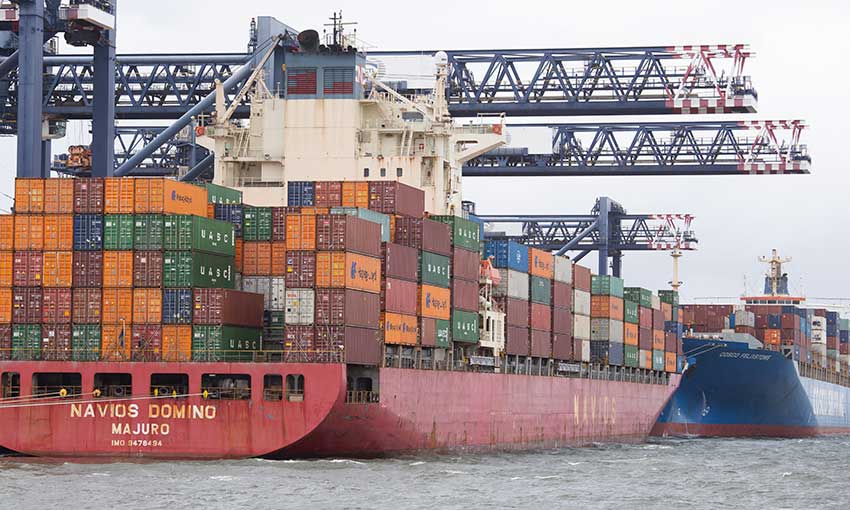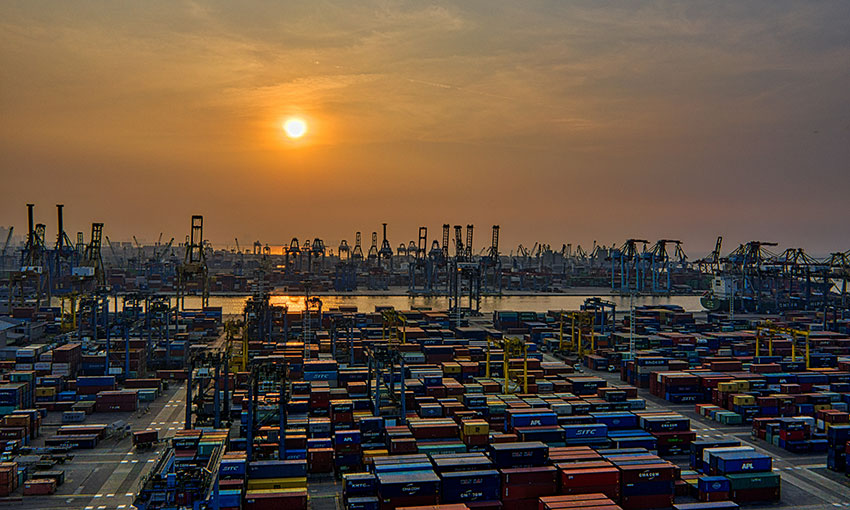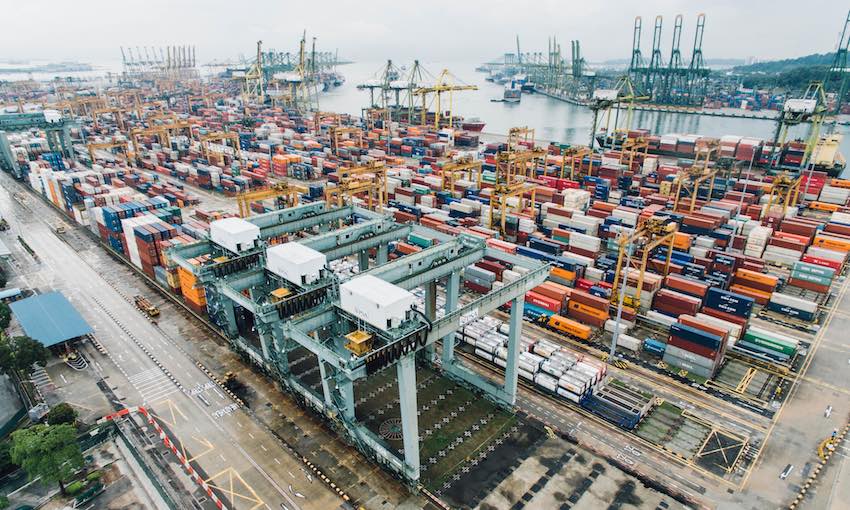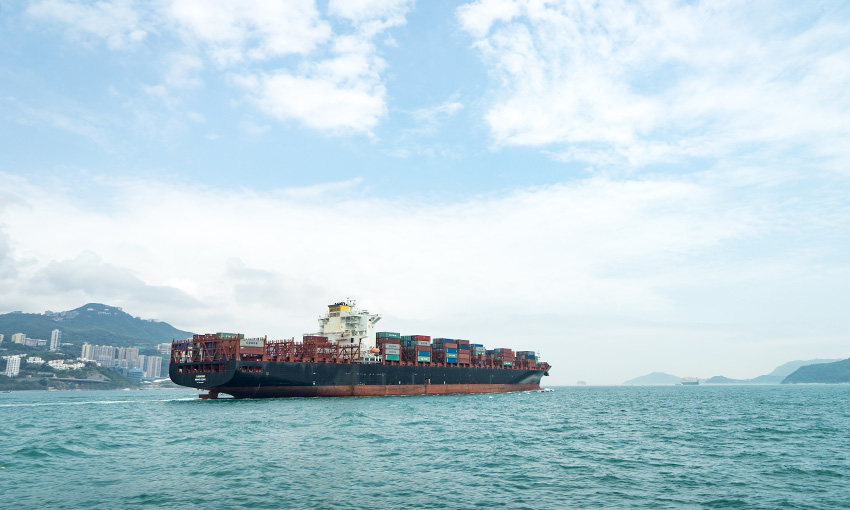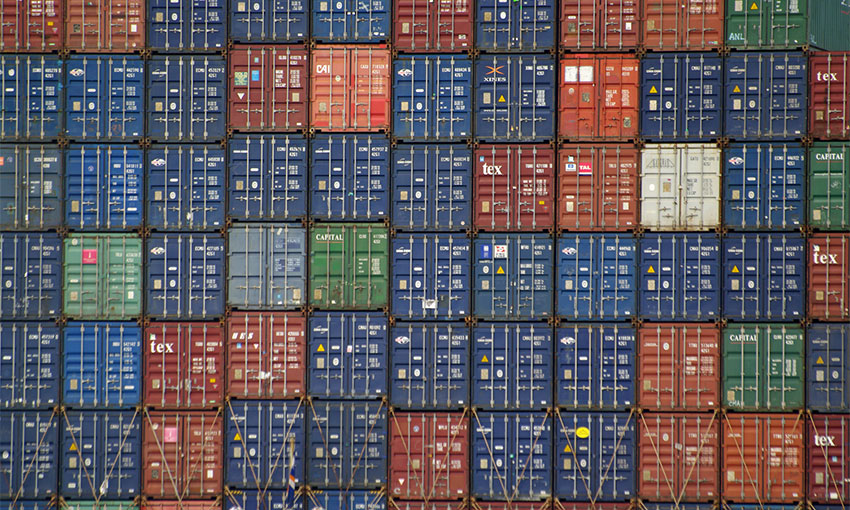AUSTRALIAN ports improved little in the second edition of the global Container Port Performance Index (CPPI), compared with last year’s edition.
The World Bank and S&P Global Market Intelligence developed the CPPI, which is a comparable index of global container port performance. It is intended to serve as a reference point for key stakeholders in the global economy.
The ranking of 370 ports is based on time vessels needed to spend in port to complete workloads over the course of 2021.
The Australian Competition and Consumer Commission cited last year’s CPPI in its Container Stevedoring Monitoring Report 2020-21. Many in industry questioned last year’s conclusions in the CPPI and also questioned the weight the ACCC gave it in its report.
Australian ports in general fared slightly better in this report than in the report analysing numbers from 2020. However, they are still nowhere near the top.
The index uses two methods for ranking the ports, below we refer to the administrative approach.
In the most recent report, Port of Melbourne was ranked 308, a slight rise up the ranks from 313 last year.
Port Botany went up in the rankings to 324 from 327 last year.
However, Port of Brisbane fell in the rankings to 281 from 234 last year.
And likewise, Fremantle fell to 335 and 319 last year.
The worst-ranked ports were Los Angeles and Long Beach (both in California, US), followed by Vancouver (Canada), Savannah (Georgia, US) and Luanda (Angola).
Ports in the Middle East took four of the top five spots in this year’s CPPI.
Saudi Arabia’s King Abdullah Port topped the ranking in 2021, with regional competitors Port Salalah in Oman, Hamad Port in Qatar and Khalifa Port in Abu Dhabi rounding out the top five. Saudi Arabia’s Jeddah Islamic Port also featured strongly in eighth place overall.
World Bank lead transport economist Martin Humphreys said increasing the use of digital technology and green fuel alternatives are two ways countries can modernise their ports and make maritime supply chains more resilient.
“Inefficient ports represent a significant risk for many developing countries in that they can hinder economic growth, harm employment, and increase costs for importers and exporters. In the Middle East, heavy investments in container port infrastructure and technology are proving to be effective.”
The report also shows the resilience of East Asian ports and the capacity of Chinese ports in particular to effectively handle challenges brought about by the pandemic.
Three of the large Chinese gateways, Shanghai (Yangshan), Ningbo and the southern port of Guangzhou, feature in the top ten, while last year’s most efficient port — Yokohama in Japan — dropped to 10th place overall.
The index and underlying data are intended to identify gaps and opportunities for improvement that would benefit all key stakeholders in global trade, including governments, shipping lines, port and terminal operators, shippers, logistics companies and consumers.
Key port performance metrics show large discrepancies in global port efficiency in 2021, with top performers such as King Abdullah Port achieving an average of 97 container moves per hour of vessel port time compared with just 26 container moves per hour at the main ports on North America’s West Coast.
More than four-fifths of global merchandise trade by volume are carried by sea, and approximately 35 percent of total volumes and over 60% of commercial value is shipped in containers.
S&P Global Market Intelligence associate director maritime and trade Turloch Mooney said the pandemic highlighted in stark terms the pivotal role port performance plays in the timely supply of goods to countries and their populations.
“The effects of the pandemic on key global gateways and associated supply chains are very worrying and continue to cause severe supply delays and shortages of goods, leading to higher prices and negatively impacting the financial situation of many companies,” Mr Mooney said.
In 23rd place, the Port of Virginia is the top ranked port in North America, followed by Miami (29) and Halifax in Canada (46).
The Moroccan port of Tanger-Med, in 6th place, is the highest ranked port in Europe and North Africa. Cartagena in Colombia (12) ranks highest in Latin America and the Caribbean, while Port Matadi in the Democratic Republic of the Congo (171) is the best performing port in Sub-Saharan Africa.
This article has been updated to reflect that Port of Melbourne rose in the rankings to 308 from 313, it did not go down in the rankings.

